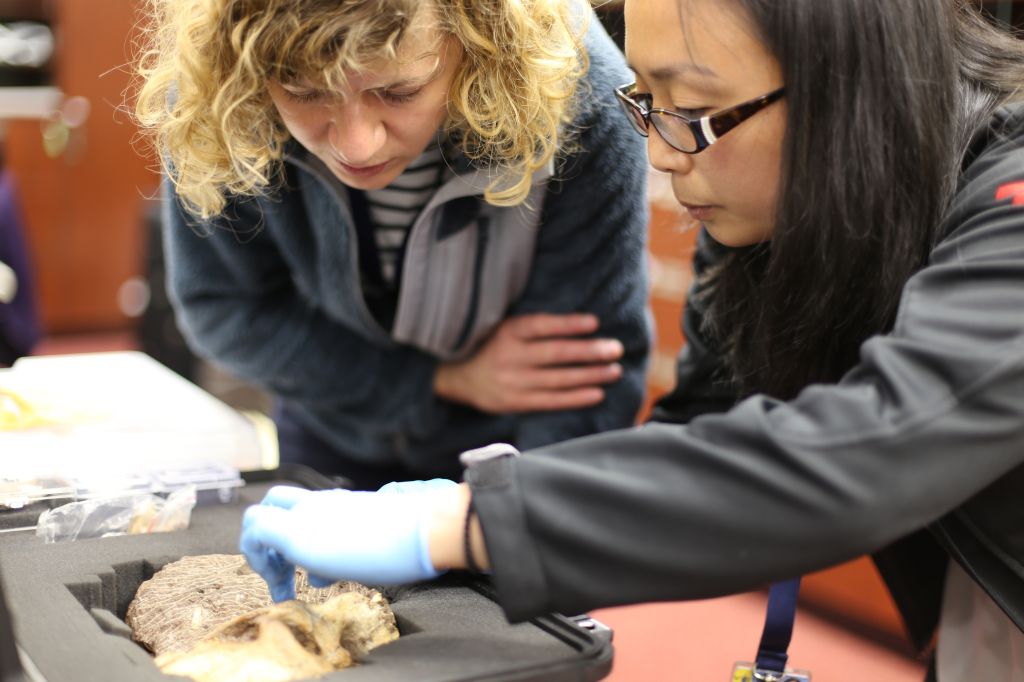The scientific analysis

Throughout May 2014, over 60 scientists gathered to compare and describe the more than 1,550 fossils from the Dinaledi Chamber. Among these scientists were specialists on nearly every part of the human body. Almost every one of the 206 bones of the skeleton were represented, often including many copies of each bone.
Through careful study and much discussion, these specialists concluded that they were looking at the remains of at least 15 individuals, male and female, from very young babies to an old adult and all ages in between. But the bones themselves were like no hominin species any of them had ever seen before.
The Rising Star team chose a new name for this previously unknown species: Homo naledi. “Homo” indicates that it was a comparatively close relative and reflects the overall similarities to our own genus, while “naledi” means “star” in seSotho and refers to the original name of the cave where the bones were discovered.

Hand comparison
Notice how the finger bones of Homo naledi (left) are more curved than the modern human on the right.
This Homo naledi hand was found almost intact with only one bone missing. Because the bones were in a position that showed the fingers had curled up into the palm, we know that the hand still had flesh when it was deposited in the cave.